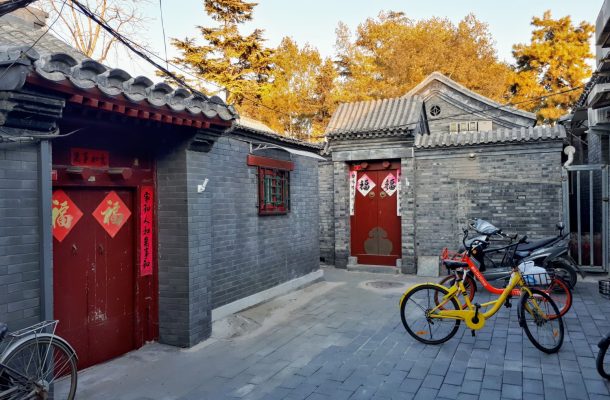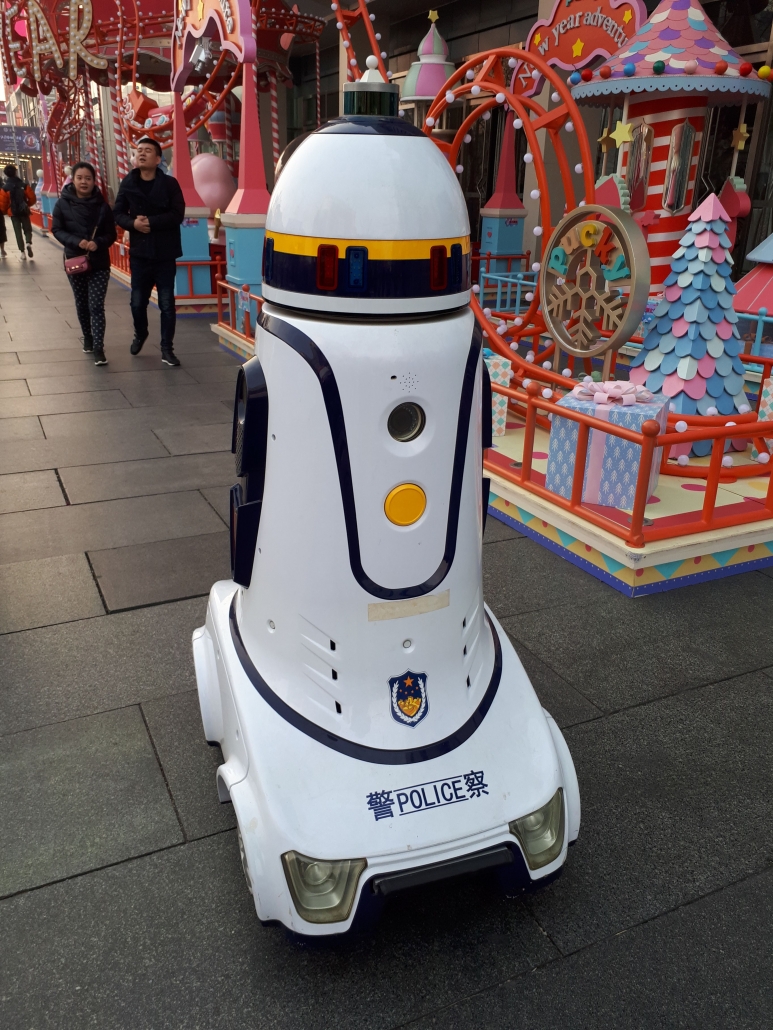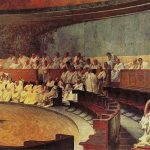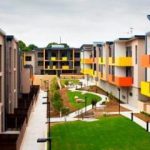Creating people-to-people links through language and culture tours

Over a two-week period in January of this year, I was fortunate enough to undertake a two-week intensive language and culture course at Beijing Institute of Technology.
Having studied Mandarin throughout high school and university, it was a fantastic opportunity to spend a short time understanding cross-cultural challenges, cultures and language differences with real-world practical experience. With a slow, but gradually rising recognition of the importance of learning an Asian language in Australian schools, studies have repeatedly shown the positive effects of learning another language.
With this century being noted as the ‘Asian Century’, learning an Asian language will undoubtedly strengthen vital people-to-people connections that will increase development and understanding throughout the region.
Intensive language classes took place every day for 3 hours in the morning. After this, the cohort took part in culture classes. During these, we learnt about traditional Chinese culture practices such as the tea ceremony, calligraphy paintings and, thanks to our visit occurring just a few weeks before Lunar New Year, we were also taught about the cultural significance and practices of the Spring Festival.
It was fascinating to see China’s rise and rapid development in person, and Beijing is the perfect metaphor for modern China – a contrast of the new world and the old. A highly developed and sophisticated subway system roars beneath old vans selling street food and the occasional scooter van. Soaring glass skyscrapers of unprecedented design and engineering feats tower over the hutongs – Old Beijing’s cramped alleyways, traditional houses and cultural centres.

Nowhere is this contrast perhaps more astounding than Tiananmen Square. The square, being the 4th largest in the world, is an ominous icon that celebrates the power and rise of the Chinese Communist Party.
It is surrounded by imposing buildings of socialist realist architecture that symbolise the epicentre of communist China – the National Museum, the Great Hall of the People and the Mausoleum of Mao Zedong. Many hundreds of people gather for a photo in beneath the Monument to the People – taking pride of place in the very centre of the square.
Every sunrise and sunset, hundreds line up to see the impressive flag raising and lowering ceremonies. It is distinctly different civic experience to ours in Australia and it was good to learn about this different culture in person.

More impressive than any government socialist realist building, museum or memorial in the city however is the stunning Forbidden City. The cultural and political centre of China’s government for over 500 years, the World Heritage listed palace complex is classified by UNESCO as being the largest collection of preserved wooden structures in the world.
Added to this, it is recognised as containing the largest number of Chinese ancient artefacts. Walking along the walls and gates of the vast complex, overlooking the frozen moat, the Former Legation Quarter, some hutongs bursting with life and looking up at the CBD district in the background, you immediately get a sense of the grandeur and complex history of China, one of the oldest civilisations on earth.

During my short time at ICDP thus far it has been exciting to research technology development and highlight innovations that improve people to people connections, education and living standards throughout the Pacific region.
It was therefore interesting to live and study for two weeks in what is called Beijing’s Silicon Valley. Beijing Institute of Technology is located within Haidian district, along with 64 other universities. Haidian is the centre of educational and technological excellence in China, with skyscrapers housing robots, AI ventures, TNCs at the forefront of digital innovation.
One adaption of technology that resonates with projects in the Pacific, particularly ones that we’re watching closely within Pacific Connect, is the advent of mobile money. It is everywhere in Beijing – delivery scooters ride up to teeming apartments, the receiver comes down to pick up his or her parcel from the driver upon following the delivery process on his phone and pays for it by scanning the QR code stuck to the inside of the scooter’s door.
Another example finds me waiting in line at a street market stand on the corner of a busy intersection near university. After ordering their jianbing – a delicious Beijing street pancake, customers simply scan the QR code in one of two payment apps at the scanner and off they go. I only counted four instances of people transferring physical cash.
Of course, this system is not widely accessible to foreigners visiting or staying in Beijing unless staying for a long period, as it relies on you setting up a Chinese bank card and bank account to link to either WePay, Ten Pay or Ali Pay accounts.
This system undoubtedly has benefits, from allowing people in regional areas to conduct faster payment and banking activities, as programs in PNG have evidenced. Despite this, China’s program has come under fire from human rights groups overseas, with a ‘social credit’ system that links behaviour to the ability to pay for goods.
The rapid acceptance of mobile money in China has not gone smoothly however, with elderly citizens and those in especially rural areas struggling to deal with the expense and challenges of operating new technology.
It remains vital that all mobile payment methods, in Australia and particularly in the Pacific, don’t segregate certain parts of the community due to underlying social, financial or educational differences.

I’m grateful to have had the opportunity to visit Beijing, study the language and learn more about the culture. In these times of rising international tensions, it is vital that people-to-people links are strengthened through educational and cultural opportunities, for we can all learn from others.
This article was published by the International Centre for Democratic Partnerships.
Benjamin Blackshaw is the Communications Coordinator and provides Project Support at the International Centre for Democratic Partnerships (ICDP). He has a keen interest in languages, Australia’s engagement with its Pacific neighbours and global issues such as climate change and migration.











